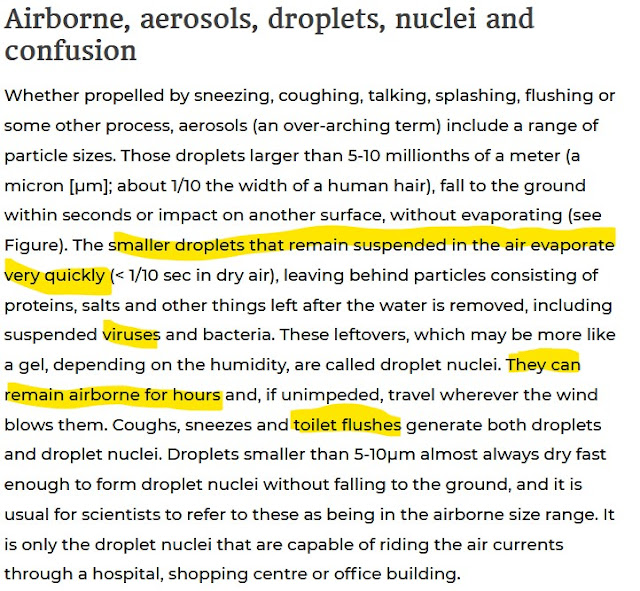 I’ve been teaching the engineering design process for the past two weeks to grade 9s in very difficult circumstances. The engineering process underlies all the work we do in our stochastic, tactile technology/engineering program. We aren’t rote learning to the same standardized answer, so blind obedience to processes won’t get us working results. We need to be organized, agile and able to step back and gain perspective in our non-linear problem solving circumstances like any good technician or engineer would when solving a complex, arbitrary problem.
I’ve been teaching the engineering design process for the past two weeks to grade 9s in very difficult circumstances. The engineering process underlies all the work we do in our stochastic, tactile technology/engineering program. We aren’t rote learning to the same standardized answer, so blind obedience to processes won’t get us working results. We need to be organized, agile and able to step back and gain perspective in our non-linear problem solving circumstances like any good technician or engineer would when solving a complex, arbitrary problem.
I’m struggling with the half-baked safety plan we seem determined to follow at all costs. Rather than get more frustrated with the optics, politics and bureaucracy that drive it, I thought, “why not apply the engineering process to my intolerable situation?”
ENGINEERING DESIGN: COVID MASKS
- ASK:how do we resolve physically untenable policies around masks?
- IMAGINE: a Heath Unit/Canada COVID19 compliant masking system that is effective and comfortable (if it isn’t comfortable it isn’t effective)
- PLAN: collect data, research how COVID actually works, find existing solutions to best mitigate its spread
- CREATE: build a testing system, create a solution based process
- EXPERIMENT: try different mask types and materials
- IMPROVE: deliver an improved masking policy that is constantly in review
PLANNING: DATA COLLECTION
What do ASTM1 medical masks do that a more comfortable, properly fitted non-medical option doesn’t? Not much in the context of a classroom. In a medical environment where a professional is working with COVID19 positive patients, a medical mask would be used in conjunction with a face shield to keep the medical worker safe in a known high risk situation.
of bodily fluid or other type of fluid.” (Health News Hub.org). In a medical context these masks provide a valuable level of protection, but an ASTM1 mask by itself isn’t a better barrier to COVID transmission, especially when worn incorrectly.
The real threat is touching an infected surface and then putting your
hand to your face: Frequent hand-washing is a sure way to avoid
COVID-19” (Health News Hub.org) A focus on cleaning surfaces and regular hand-washing would be far more effective than the false protection of a single layer of PPE/incorrectly applied medical mask.
to critical shortages during the COVID-19 response, we are implementing
and/or proposing a range of strategies to respond to the increased
demand for medical masks” Bins full of them outside every public school in Ontario every day isn’t helping to solve this world-wide shortage, especially when it’s done for optics rather than efficacy.
There are numerous well researched sources of information on mask usage this far into the COVID19 pandemic. Its modes of transmission are known and technology is on hand to mitigate them, yet myths persist, like the idea that a medical mask is somehow a cure-all and significantly ‘safer’ than a correctly fitted cloth mask. Every health agency in the world wouldn’t be advocating non-medical masks if they didn’t work.
 |
| The appearance of medical safety, without the efficacy.. |
That educational staff are being required to wear poorly fitted and environmentally damaging ATSM1 medical masks at a time when they are vitally needed by people who would be wearing them with a complete set of PPE in an appropriately controlled environment is problematic. The education system seems incapable of understanding or providing a masking solution that aligns with masking requirements everywhere else. We need to stop acting like this is a marketing gimmick and start acting like it’s a medical emergency.
- Must fit the wearer’s face (current one size fits all masks do not fit all user faces)
- Masks must be comfortable enough for 150 minute continuous usage scenarios
- Masks must be breathable enough that users aren’t constantly pulling them away to breathe
The latest data suggests that droplet transmission happens when people are in close proximity to one another. In this scenario it is much more important that staff and students have properly fitted, comfortable masks than it is to have a splash ready ATSM1 medical grade mask.
NOTES & LINKS:
Advice on the use of masks in the context of COVID-19: https://www.who.int/publications/i/item/advice-on-the-use-of-masks-in-the-community-during-home-care-and-in-healthcare-settings-in-the-context-of-the-novel-coronavirus-(2019-ncov)-outbreak
https://news.lvhn.org/fact-or-myth-facial-hair-and-covid-19/
https://nymag.com/strategist/article/face-masks-for-beards.html
School of Public Health, he told us he trimmed his own facial hair down
“so that the mask could completely cover my beard.” The key, he added,
is to make sure there are no gaps and that the mask is hugging your
skin, not your facial hair.”
A well written article by a pile of doctors that explains how viral transmission happens. An airborne virus is a terrible thing. Whether or not COVID19 is airborne is still in contention, but the latest from CDC suggests it is.
“Currently, WHO guidance
considers surgical masks to be adequately protective for healthcare
staffers working with potential COVID-19 patients, and advises using N95
masks in limited situations, such as when intubating patients, which is
known to generate small particles from deep in the lungs. Healthcare
workers who follow these recommendations have been generally protected
against the virus, WHO notes.”
Medical masks for medical work…
https://healthnewshub.org/cloth-mask-vs-surgical-mask-vs-n95-how-effective-is-each/
“A dual-layered cloth mask is sufficient to protect people in public settings. It’s unlikely you’ll be infected in public by airborne viral particles. The real threat is touching an infected surface and then putting your hand to your face: Frequent hand-washing is a sure way to avoid COVID-19”
“medical masks protect people from the wearer’s respiratory emissions. But it’s designed to protect against large droplets, splashes or sprays of bodily fluid or other type of fluid.”
would be a daunting task unless proper administrative, clinical, and
physical measures are taken within the healthcare settings”
from Blogger https://ift.tt/340COJ7
via IFTTT






































